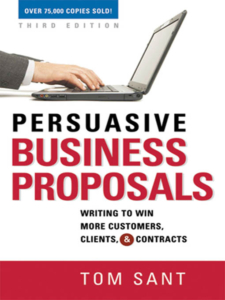It’s Not the Blog That Makes You Rich
“I’m not the guy that makes you rich; I’m the guy that helps keep you from being poor”. That unusual self-intro by financial advisor and insurance agent Jeffrey Eric Frank from Wayne, Pennsylvania really captured my attention at a recent virtual networking meeting, Of course, as a former financial advisor myself, I immediately understood the truth in Frank’s “motto” when it comes to wealth. Focused these days on marketing, though, I couldn’t help making a comparison with blogs…
Their very nature makes blogs ideal for marketing, Randy Duermyer explains in thebalancesmb.com, naming the following characteristics:
- Blogs are inexpensive to start and run.
- Blogs build website traffic.
- Blogs are easy to use.
- Blogs improve search engine rankings.
- Blogs engage your market.
Blog marketing, though, is hardly a direct route to guaranteed marketing success; while starting a blog can be done quickly and easily, Duermyer cautions, it’s the ongoing management that will take time and patience. What’s more, blog marketing is not designed to “close” deals in the same way as a face-to-face encounter between a prospect and sales professional might do. Going back to our friend Jeffrey Eric Frank, the blog, however well-planned and executed, is “not the guy that makes you rich”.
What can and will happen, as Hubspot blogger Corey Wainwright explains, is that prospects who have been reading your blog posts enter the “sales funnel” more educated on your industry and what you have to offer. What business owners and professionals are doing with the blog is taking advantage of the main reason use the Web in the first place – to find answers and information.
Rather than running traditional ads for your brand of hats, vitamins, or travel, you provide lots of information on the history of hats, on why vitamins are good for you, and about exciting places to go on safari. Consumers interested in your subject, but who never even knew your name come to see you as a trusted resource, possibly as a business to do business with!
No, New York Life’s JE Frank doesn’t for a moment pretend to be the guy who’ll make you rich. And, at Say It For You, we approach blog marketing with the same sort of practical wisdom in mind. Blogging is a very good “back door” approach to sales, helping you cultivate an audience of people who may well move on to become buyers.






Follow us online!